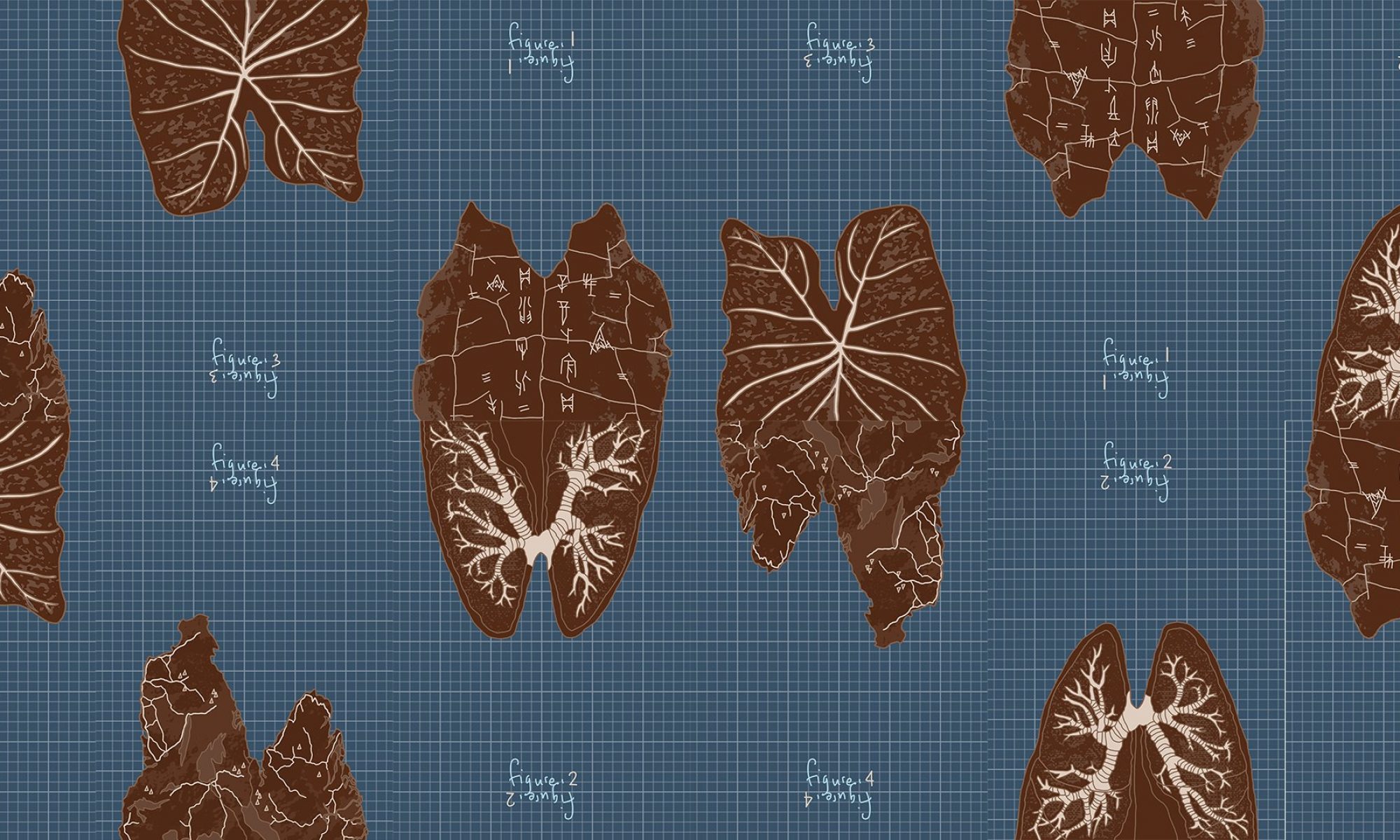I found it interesting that the last line of the chapter presents space as the one changing with – or adapting – to man, rather than the inverse:
“Mankind’s nest, like his world, is never finished. And imagination helps us to continue it.”
The popular conception of space as a larger static environment unresponsive to its occupants needs and interactions within it has lost its relevance. Design trends in modular furniture and dynamic, shifting environments capture this shift in our understanding of space.
Normally we think of humans and living things being the ones to adapt to spaces, changing themselves to fit spaces. We are after all the smaller beings with adaptive capabilities, within larger “inanimate” spaces. However the reading foregrounds the inverse, exploring how spaces are the ones moulded instead to fit humans. Even in scenarios where a space is not intentionally designed to suit a particular person, he or she can still “own” the space and make its existing reality fit him or herself. It is an illusion that we have little influence on our surroundings as individuals, and even more so as a collective.
The chapter made me reflect on the concept of ergonomics and what it means to “possess” or “make” a space one’s own. I am reminded of concepts of place-making whereby the distinction between a space and a place lies in the people and memories engaged with them. While perhaps not moulding space directly with our bodies like birds, the body is still man’s primary tool for shaping space. Carrying forward the idea from Tuan’s essay on body relations and spatial values, our sensory engagements with space through our bodies define how we perceive and relate to space. We shape spaces through our personal encounters and lived experiences within them. One section of this chapter describes memories that “make” a space for a person through sensorial experiences:
“It is as when a family, your neighbors, return to an empty house after a long absence, and you hear the cheerful hum of voices and the laughter of children, and see the smoke from the kitchen fire. The doors are thrown open, and children go screaming through the hall. So the flicker dashes through the aisles of the grove, throws up a window here and cackles out it, and then there, airing the house. It makes its voice ring up-stairs and down- stairs, and so, as it were, fits it for its habitation and ours, and takes possession.”
Our lived experiences in a space arguably have a greater effect in “moulding” it than its physical structure imposes limitations. Anything can become a nest (or home/place):
“A tree becomes a nest the moment a great dreamer hides in it.”
The essay also presents the skill of building nests and making it fit their bodies as innate to birds by nature. This made me wonder if the same applied to humans and the extent to which human needs addressed in the formal study of ergonomics are likewise intuitive for us – how much of the conditions for making a space suit or fit man are about meeting primal needs? How much is derived instead from social constructs like our evolved definitions of well-being and quality of life? What in-built knowledge do we have on making spaces fit us?
